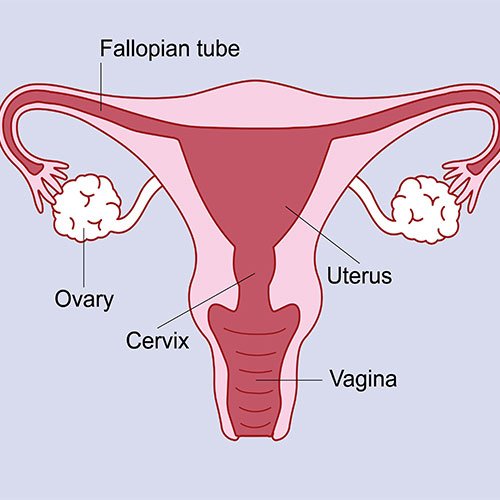
Hysterectomy
Hysterectomy
A hysterectomy is a surgical procedure to remove a woman’s uterus. This operation is one of the most common gynecological surgeries and can be performed for various reasons, including persistent pain, fibroids, endometriosis, uterine prolapse, abnormal bleeding, or cancer of the uterus, cervix, or ovaries. Depending on the underlying condition and specific needs of the patient, a hysterectomy can involve partial or complete removal of the uterus and may also include removal of the cervix, ovaries, and fallopian tubes.
A hysterectomy can provide relief from chronic pain, heavy bleeding, and other symptoms, greatly improving quality of life. However, like any major surgery, it carries risks, including infection, bleeding, blood clots, and reactions to anesthesia. For women who also have their ovaries removed, a hysterectomy will lead to menopause, which can cause symptoms like hot flashes, night sweats, and bone density loss.

Types of Hysterectomy
- Total Hysterectomy: This procedure removes the entire uterus, including the cervix.
- Partial or Subtotal (Supracervical) Hysterectomy: The upper part of the uterus is removed, but the cervix is left in place.
- Radical Hysterectomy: This is a more extensive surgery, usually performed to treat cancer. It involves the removal of the uterus, cervix, part of the vagina, and nearby tissues.
- Hysterectomy with Bilateral Salpingo-Oophorectomy: The uterus, cervix, both ovaries, and fallopian tubes are removed, often to treat conditions involving the ovaries.
Surgical Approaches
- Abdominal Hysterectomy: The uterus is removed through an incision in the lower abdomen. This approach allows the surgeon better visibility and is typically used for larger uteri or cases requiring extensive surgery.
- Vaginal Hysterectomy: The uterus is removed through the vagina without an abdominal incision, often resulting in a quicker recovery.
- Laparoscopic Hysterectomy: The surgeon operates through several small incisions in the abdomen, using a laparoscope. This minimally invasive approach can lead to less scarring and faster recovery.
- Robotic Hysterectomy: Similar to laparoscopic surgery, but performed with robotic assistance, allowing for precision and control during the procedure.
